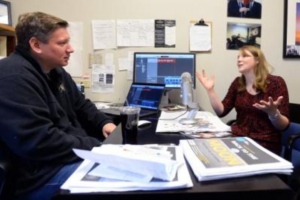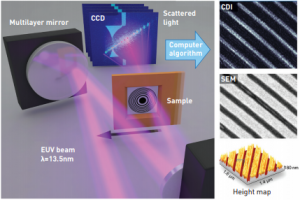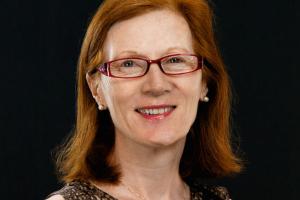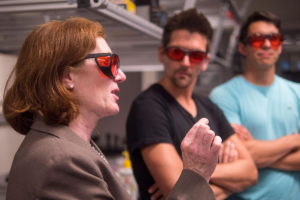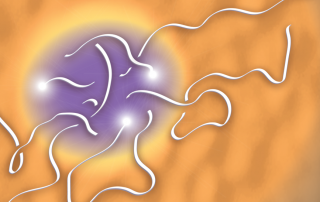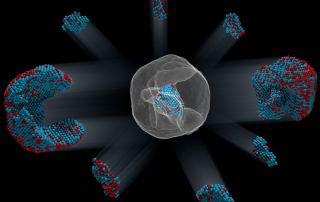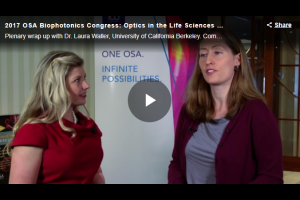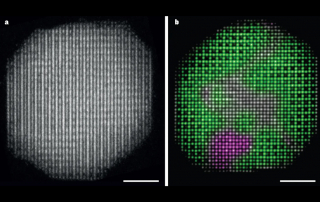Now recording: CU Boulder students, groups produce podcasts
“From the start, the project has been about giving a platform to voices usually not heard in science class — Latinx voices,” said Hernandez Charpak, who is now the assistant director of research and knowledge transfer at CU’s STROBE, a National Science Foundation science and technology center on real-time functional imaging.
